A Jedburgh school, Lockerbie sawmill visitor centre, and Portobello townhouse development are among the eight winners of the Royal Incorporation of Architects in Scotland (RIAS) national architecture awards.
The winners will now become the ‘longlist’ for the RIAS Andrew Doolan Best Building in Scotland Award, which will be announced in November.
Recipients of the 2022 RIAS Awards are also eligible for the Royal Institute of British Architects (RIBA) Awards.
The 2022 RIAS Awards winners are as follows:
Forth Valley College – Falkirk Campus, Falkirk by Reiach and Hall Architects
The new Falkirk Campus for Forth Valley marks the culmination of a decade-long estates programme. With a focus on science and technology, engineering, sport and healthcare, the project is said to embody a ‘progressive approach’ to education where inclusion and respect are key, and which is enhanced by ‘cutting-edge classrooms, flexible spaces and advanced technology’.
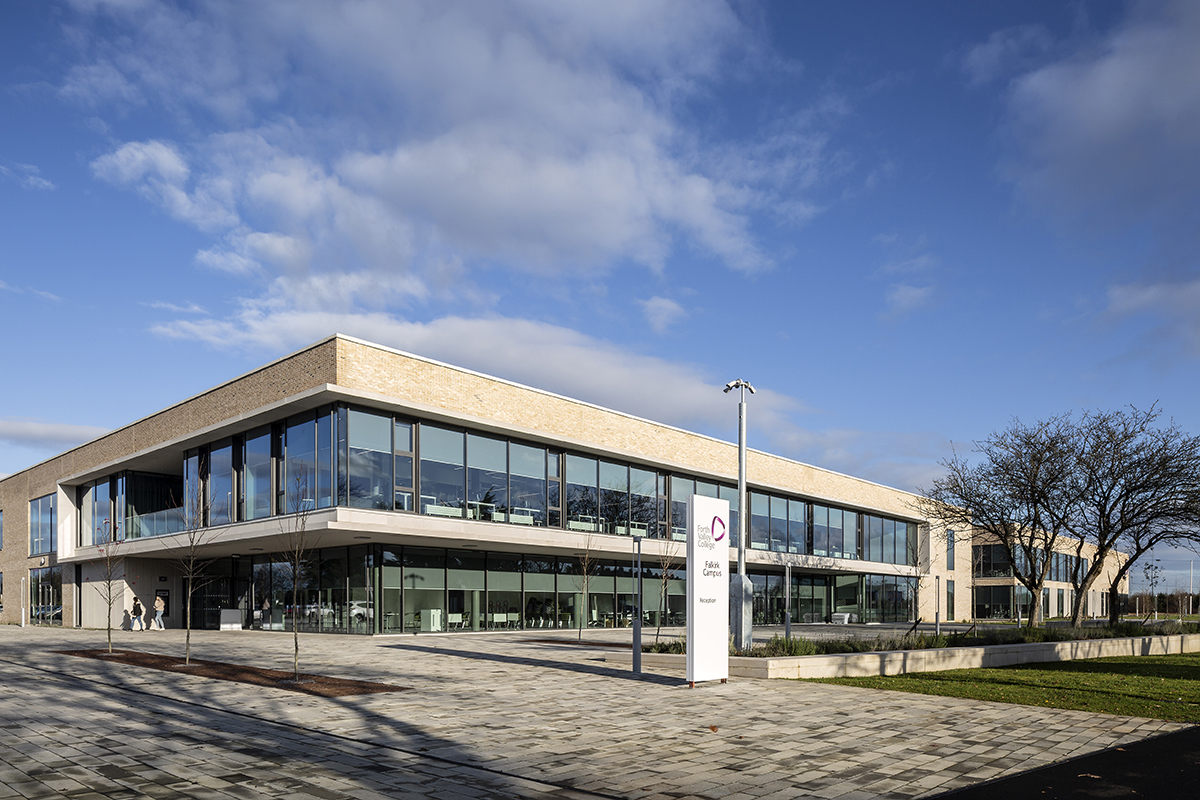 Havenfield Mews, Edinburgh by Sonia Browse Architects
Havenfield Mews, Edinburgh by Sonia Browse Architects
Havenfield Mews is a development of three family townhouses in a new mews street in Portobello, on the site of a former church hall. The project is described as ‘sympathetic’ to the existing style and character of the neighbourhood, and has been designed as a place for people rather than for vehicles.
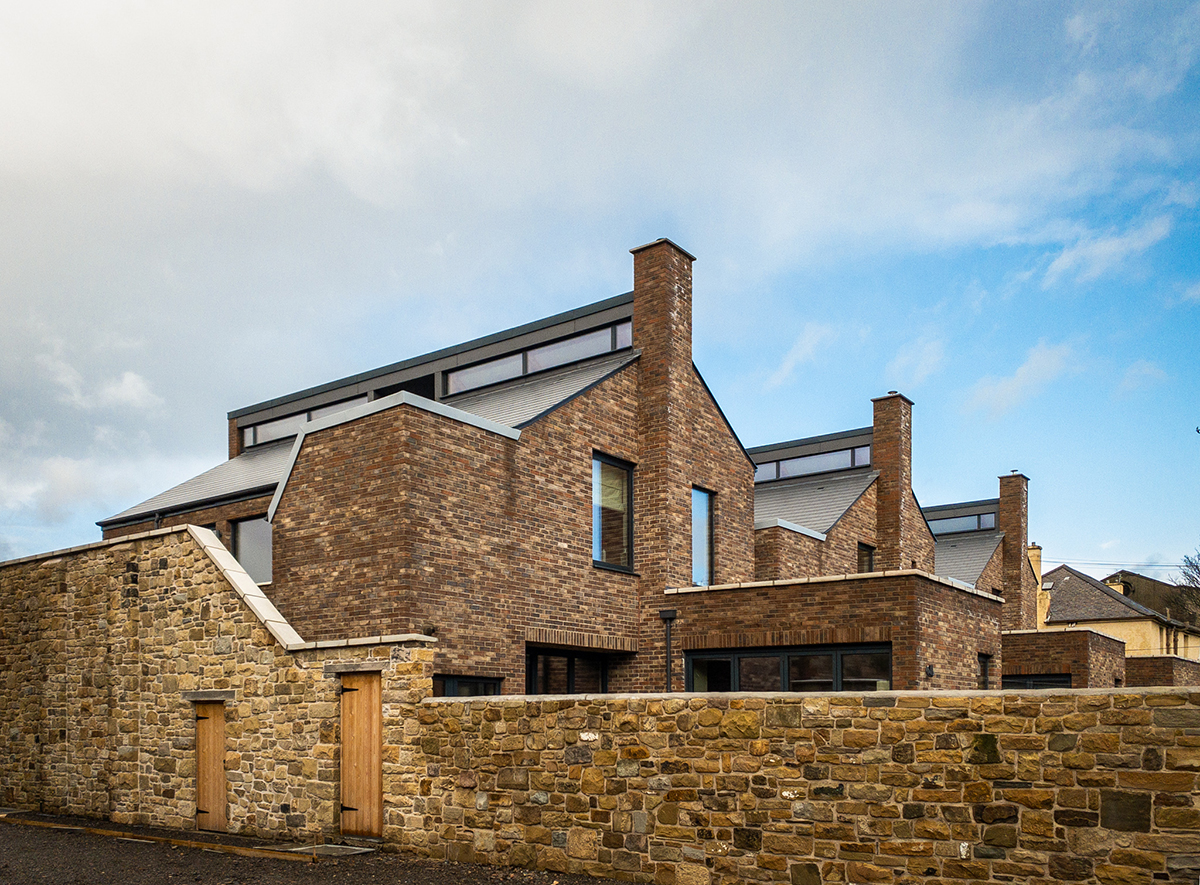
High Sunderland, Galashiels by Loader Monteith
High Sunderland is a 1957 A-listed modernist structure designed by Peter Womersley. Its future was in jeopardy following a fire in 2017 until its new owners appointed Loader Monteith to undertake a restoration. The result is said to combine a ‘forensic approach to building conservation and reuse, while improving High Sunderland’s energy performance’.
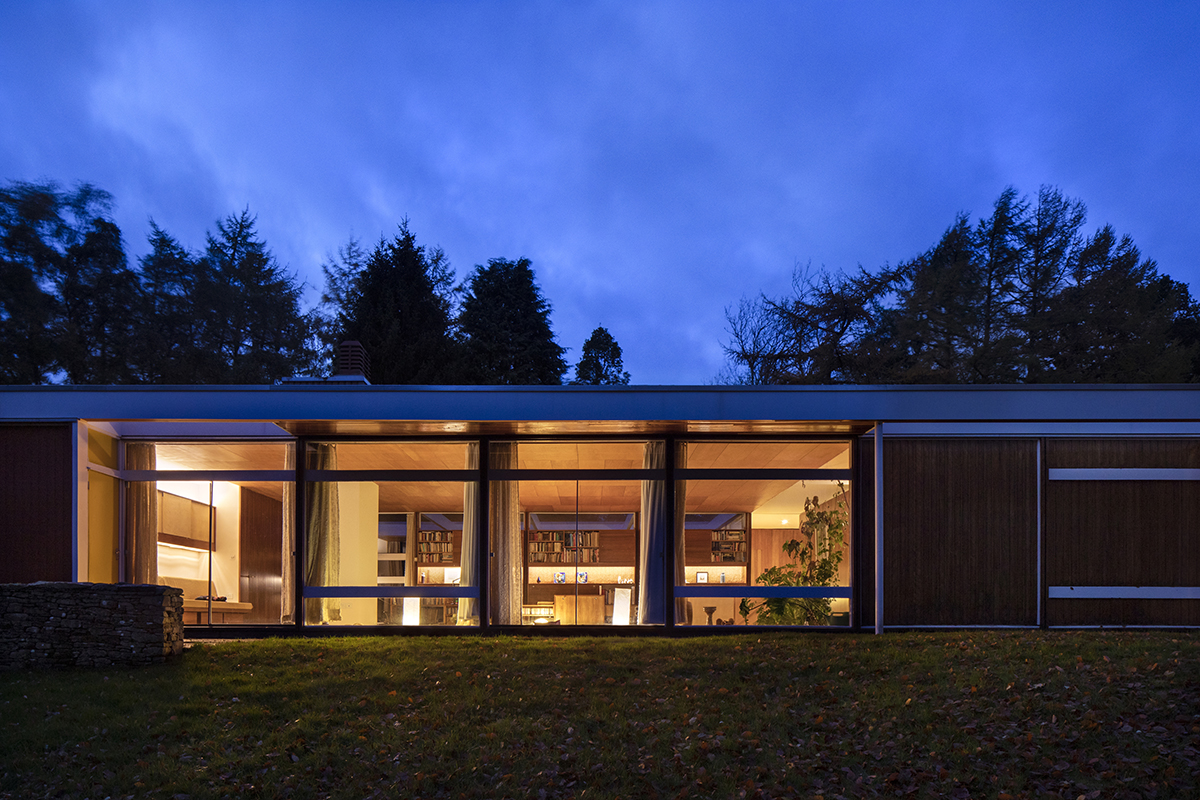
Jedburgh Grammar Campus, Jedburgh by Stallan-Brand Architecture + Design
The design at Jedburgh Grammar is said to prioritise the mental health and wellbeing of students. Stallan-Brand Architecture + Design’s approach has created ‘flexible spaces’ that allow students to take ownership of their space, and instead of generic classrooms offers a variety of places to learn, present, socialise, make and retreat.
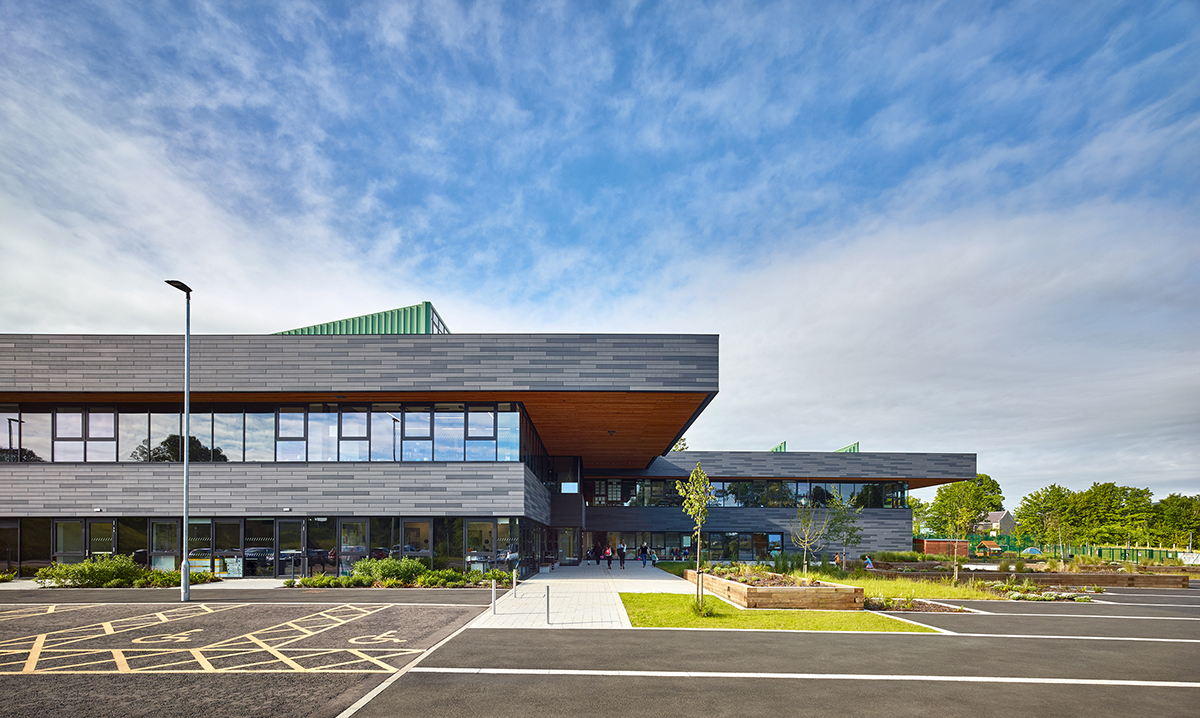
Lockerbie Sawmill, Lockerbie by Konishi Gaffney
The new offices and visitor centre at the UK’s largest sawmill were almost entirely erected from James Jones and Sons’ own products with an approach to minimising the use of steel and maximising timber.
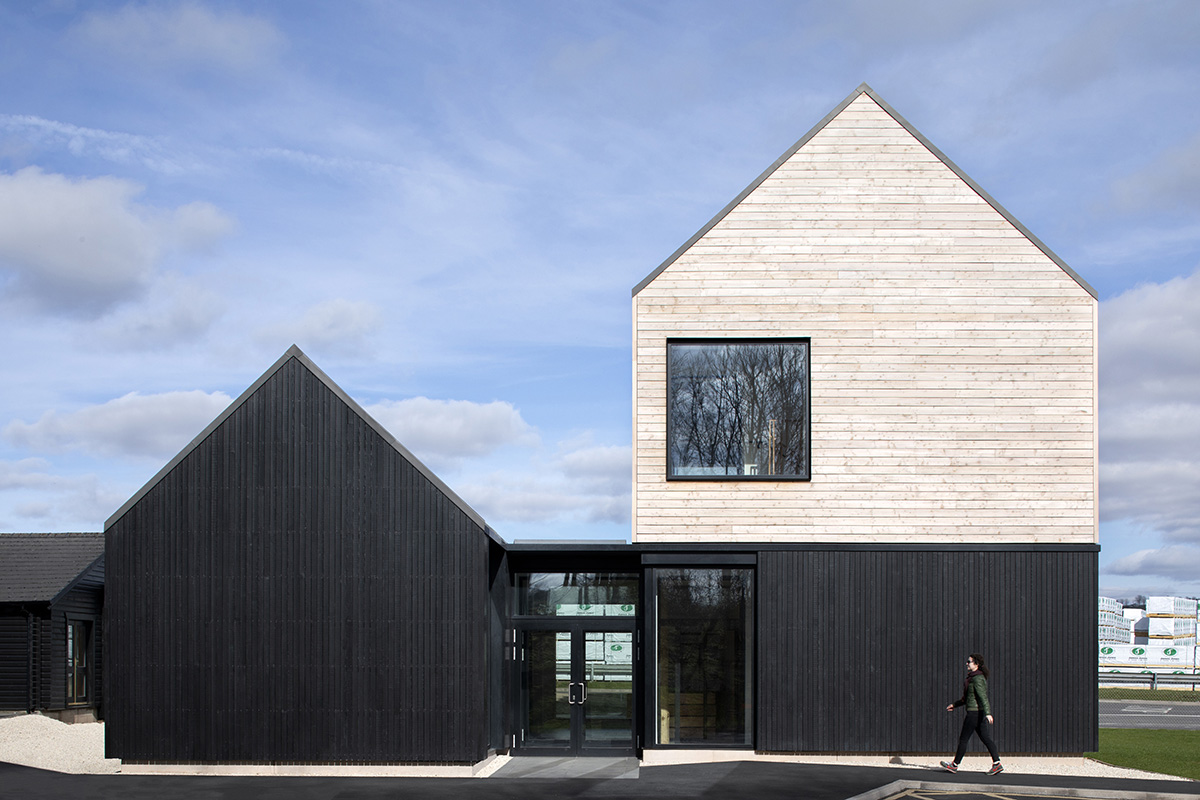
Ostro Passivhaus, Kippen by Paper Igloo
Ostro is described as a ‘contemporary and exemplary’ low-energy dwelling. Paper Igloo’s Mhairi Grant and Martin McCrae built the house by hand over several years on a ‘modest’ budget.
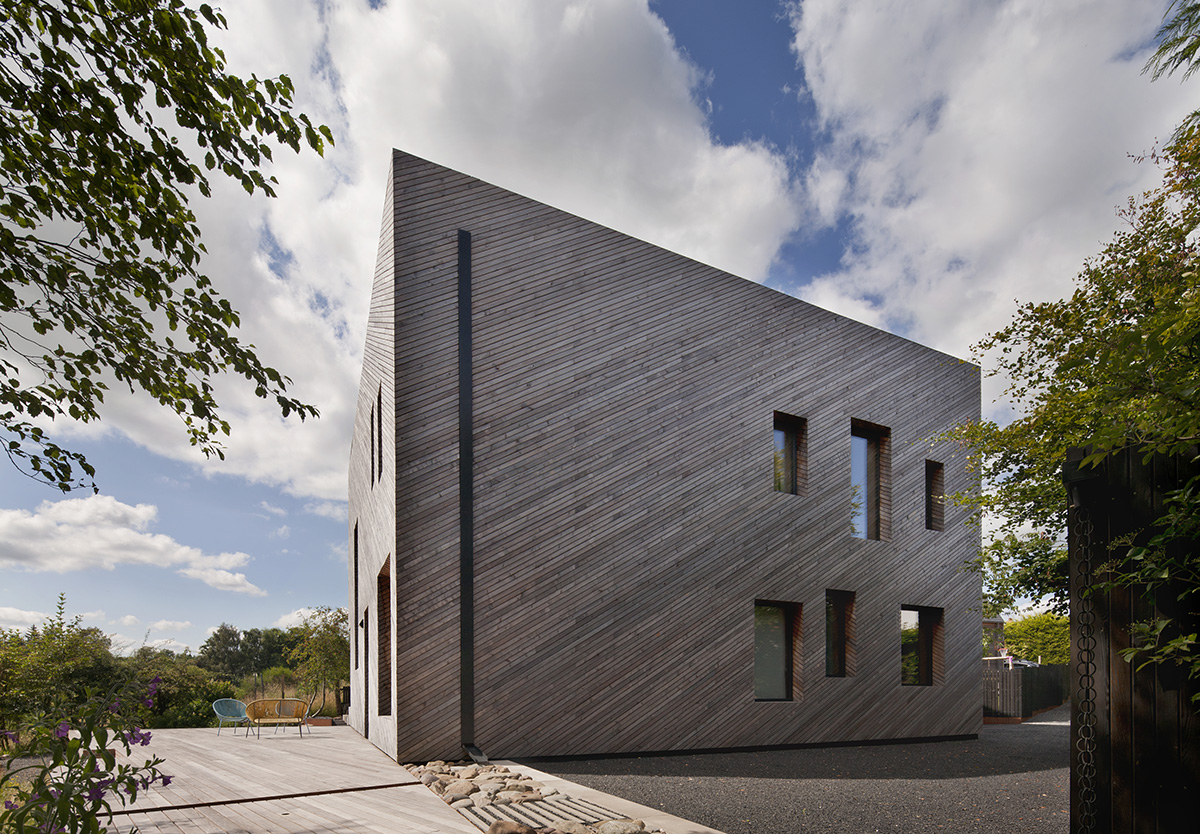
Quarry Studios, Aberdeenshire by Moxon Architects
Moxon Architects’ own office is a low-lying building, surrounded by thick forest, tucked into the bowl of a former quarry in the Cairngorm National Park. The building combines a studio and café; a private and a public face. The ‘lightweight’ building is described as nestling into its site, and was designed to support local labour through the promotion of traditional trades and contemporary construction techniques.

The Den, Tighnabruaich by Technique Architecture and Design in collaboration with Stallan-Brand
Two dilapidated flats were combined to create this holiday home and studio space with views across the Kyles of Bute. Stone walls and battered floorboards were retained within the split-level living space, encased within a new plywood volume containing the kitchen, bedrooms and storage, and clad with an insulated metal ‘exoskeleton’.
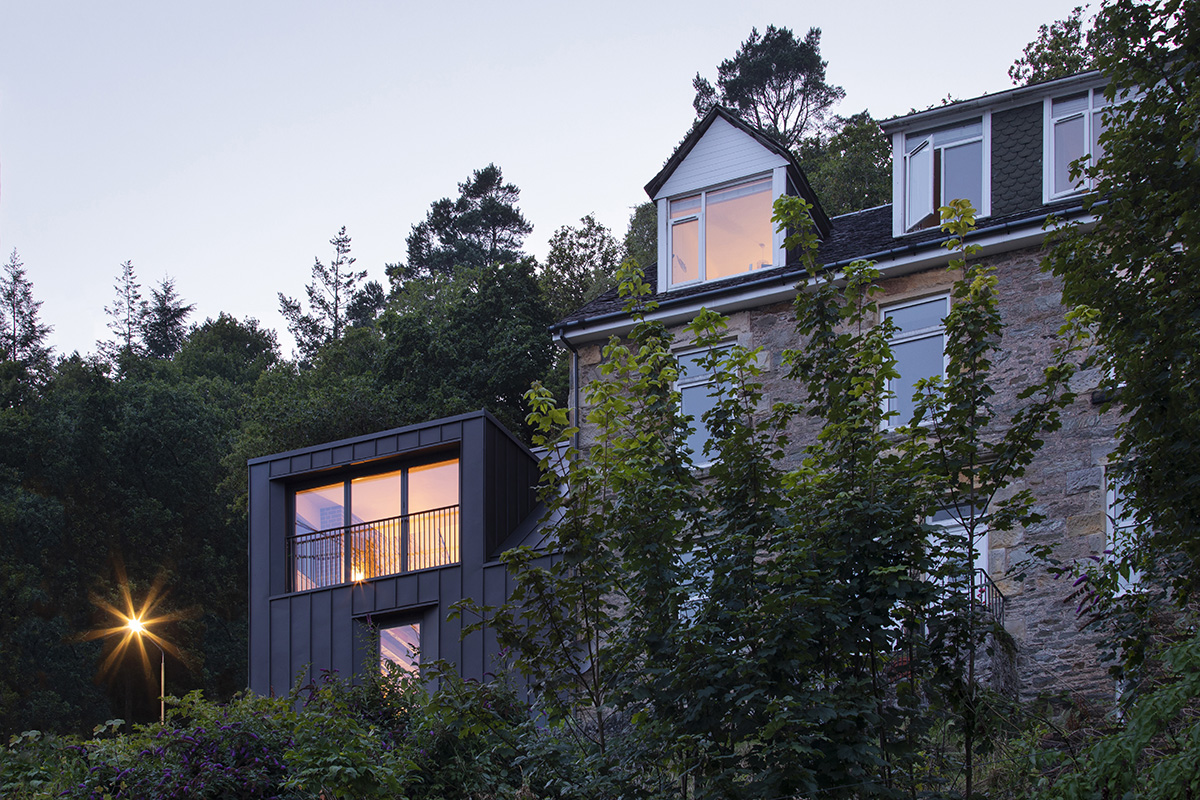
RIAS president Christina Gaiger PRIAS said, “Once more I have been impressed and inspired by the breadth of exceptional projects to be recognised by the RIAS Awards. This year’s awards demonstrate that you can find outstanding Scottish architecture pretty much anywhere – from city centres to some of the most remote spots in the country.
“The awards also demonstrate the resilience of our profession – whether that is a house built by hand over many years or projects delivered during the tough times of the pandemic. This year’s awards show how Scottish architects are rising up to today’s challenges – from the climate emergency to the nation’s mental health – and prove the fundamental role that architecture plays in society.”











